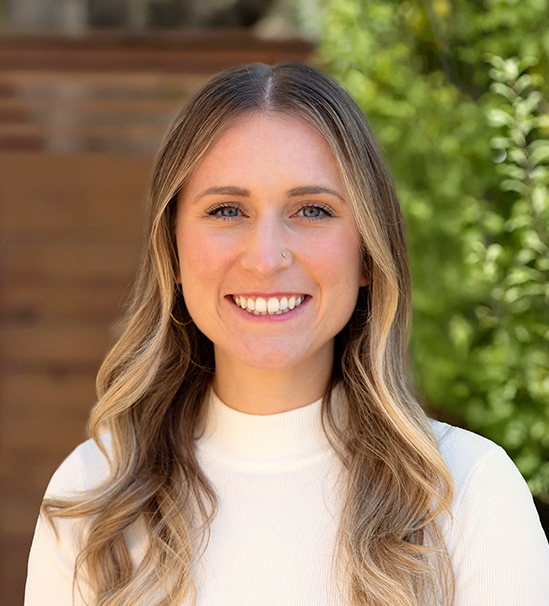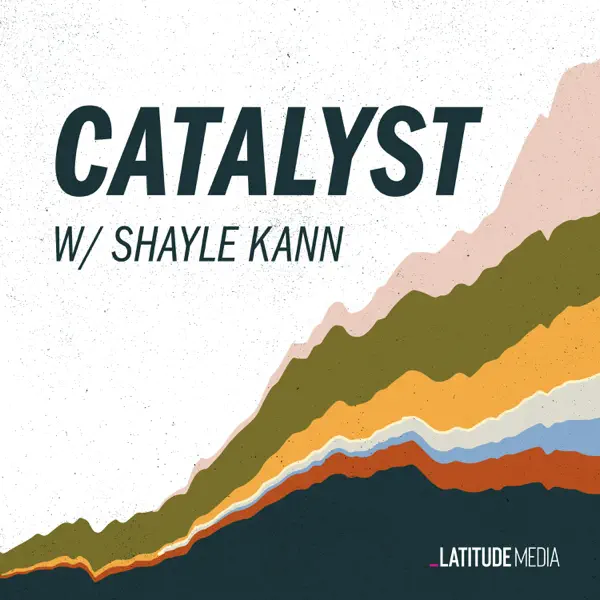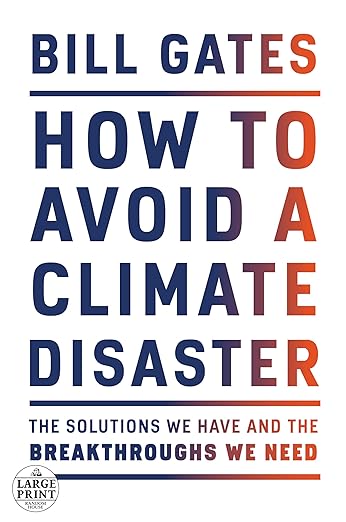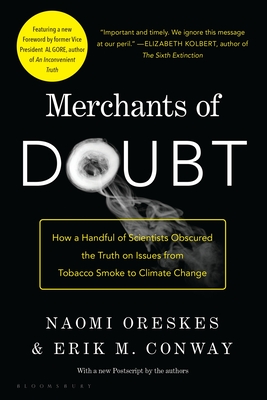
Investing
Haley
Prout
Haley is an Investor at Gigascale Capital where she brings hardware product development and engineering experience to support founders scaling climate technology companies.
Before Gigascale, Haley explored multiple facets of climate tech and investing, including roles at DCVC, the Stanford Impact Fund, and in state government. At Stryker, a Fortune 500 medical technology company, she spent four years leading orthopedic implant and surgical instrumentation development.
Haley holds an MBA-MS in Environment and Resources from the Stanford Graduate School of Business and the Stanford Doerr School of Sustainability. She also holds a BS in Biomedical Engineering from the University of Michigan.
closeFrom Human Health to Planetary Health
Haley shares her journey from medical devices to climate tech, insights from bringing hardware products to market, and what keeps her motivated with Kristen, Gigascale’s Head of Communications.
Tell me about your career journey. How did you go from biomedical engineering to now investing in climate solutions?
I’ve always loved math and science. My dad, a computer science engineer at General Motors, encouraged me to try engineering school. After my first biomedical engineering class, I was hooked and fell in love with working on teams to build something that could make a positive impact.
That became the through line of my career: using science and technology to make an impact. I initially saw biomedical engineering as the most straightforward path to that goal. But as the Earth kept getting hotter and climate science became more apparent, I realized that this was the challenge of our generation, and I needed to be a part of the solution. So, I went to Stanford to explore a transition into climate tech. I’ve since met many people who’ve made similar moves from healthcare and biotech to working on climate solutions.
You’ve taken hardware and deep tech products from concept to commercialization. What did that teach you about building and scaling?
The strength of relationships between people building technology can be even more important than what you’re building. To quote Michigan football coach Bo Schembechler, it’s all about “the team, the team, the team.” Successfully scaling hardware products takes a lot of interdisciplinary collaboration over a long period. You’re together for years, bringing a product to market, so you have to build and maintain a strong team.
More technically, it’s important to start with clear alignment on the problem and resist jumping straight to solutions. At Stryker, I was a product development engineer working on orthopedic implants and surgical instrumentation. We’d spend time in operating rooms watching surgeons work and often discovered disconnects between what they said they needed and what would solve their problems. Customers always want to tell you, “Just make me this exact widget,” but that might not be the best solution.
So first, you have to get everyone aligned on the core problem. Then, as an engineer, you can use your creativity and resources to explore multiple solutions. If you have a clearly defined problem and are willing to iterate a lot, you will eventually get to a solution.
Iteration and prototyping are another big part of the process. We’d use everything from clay to 3D printing to get early feedback. The prototype might be a back-of-napkin sketch or something made from cardboard. Getting physical things in front of customers quickly tells you so much – is it too big? Too small? Uncomfortable to hold?
What drew you to venture capital over other ways to have climate impact?
I discovered venture capital somewhat serendipitously at Stanford. Someone suggested I apply to the Stanford Impact Fund, a student-run fund making early-stage investments. That experience and my internship at DCVC showed me that investing combined everything I love: continuous learning, getting to meet amazing people, and having an impact.
I’m constantly in awe of the founders we meet – their courage, hustle, intelligence, and the incredible things they’re building. There’s also something unique about being in the Bay Area and having the ability to deploy capital to make these ideas a reality. Funding is one of the key pieces needed to bring solutions to life.
What about working in climate tech has surprised you?
The diversity of the field stands out. While medical technology generally involves similar regulatory frameworks and customer bases – you’re always working with the FDA, and your customers are usually medical professionals – climate tech spans multiple industries with different regulatory environments, business models, and customer types. Even within climate tech, you might be working with synthetic biology one day and nuclear physics the next. This variety makes it incredibly exciting but also complex to navigate.
There are also similarities—both fields involve deep tech that requires significant R&D and often faces regulatory hurdles. The positive impact aspect also carries through, though now focused on planetary rather than human health.
One last question. What keeps you motivated while working on climate change?
Honestly, it’s talking to founders, researchers, and students who are out there building. It’s why I love working as an investor. I get to meet and support these people every day. It gives me energy and hope.
Time in nature is also essential. I’m a big hiker and love the outdoors. Whenever I spend time in a national park or just by the water, it renews my sense that we must do something to protect our planet because it’s too beautiful and special to lose.
Haley’s Go To Resources
I generally read academic journals and industry reports to get as close to the source as possible. If you’re looking to get up to speed on climate tech, I recommend the Gigaton newsletter as well as Stanford’s Understand Energy Learning Hub.
For podcasts, I recommend Catalyst with Shayle Kann, and How I Built This with Guy Raz, which influenced my decision to go to business school. For books, check out Bill Gates’ “How to Avoid a Climate Disaster” and “The Merchants of Doubt.”




